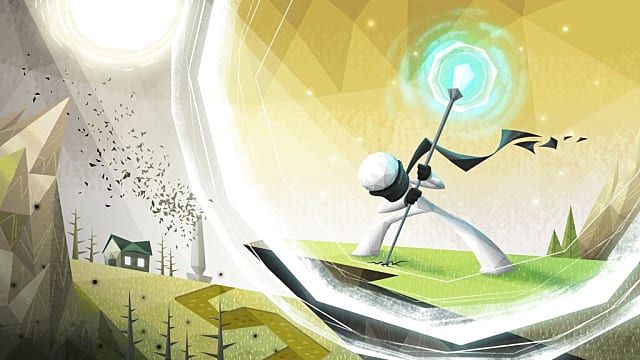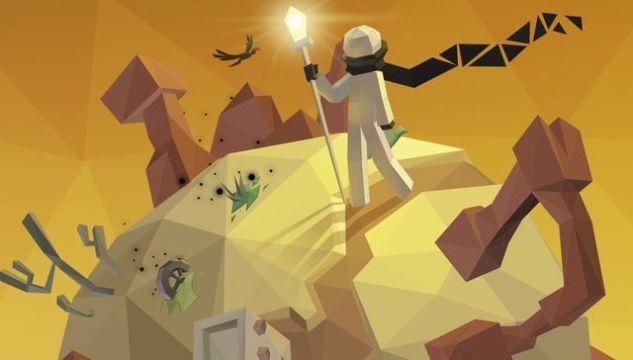People are now paying more attention to the ingredients listed in the foods they put into their bodies, buying non-GMO and BPA-free items and using recyclable materials in more areas of their lives, from fashion to home decor. People are more aware of how their actions impact the environment and the gaming world has taken notice.
Games that have an environmental focus such as Grow Home and National Geographic’s Plan It Green have begun to crop up. The success of these games and others has led to a new trend of eco-friendly games that has spread to the mobile gaming world. One such game is the mobile game The Path to Luma.
In an interview with NRG Energy sustainability manager, Katie Ryan, and senior analyst of solar development, Daniel Keyes, they talk about The Path to Luma, which was created in NRG’s Co-lab (short for collaboration) program, and how it started out as a side project.
The game came about through a collaboration between Co-lab’s Ryan, Daniel Keyes, Brian Marrs, Matt Orendorff, Charlie Waterfall and Phosphor Games Studio. It was a nine-month project that was developed with the support of executives and teams within NRG.
The Path to Luma follows SAM (Sustainability Augmentation Model) as he tries to save the galaxy and the Chroma civilization. This mind game uses puzzles to help SAM unlock the sources of clean energy hidden in the planets he explores.
The game, which was released in the Apple store and the Google Play store on Aug. 13 of this year, was well-received with 1.7 million downloads.
Use of Twitter and Facebook helped to promote the game and garner the attention of sites such as Touch Archade and Mashable. The game was even selected by Apple as one of the “Best New Games.”
However, the creation of any new game rarely goes off without a hitch and challenges are to be expected, but the process can function as a learning experience for game developers.
With the gaining popularity and notoriety of the game, it is no surprise that fans would want a sequel.
Games like The Path to Luma give kids and adults alike the opportunity to not only to escape into a fantasy world where they can let go of their inhibitions, they also teach users about the environment and supply users with information that can be used outside of the gaming world. Such information can be used to educate others for a better-informed society and it is that aspect of clean video games that encourages the longevity of eco-friendly gaming.




